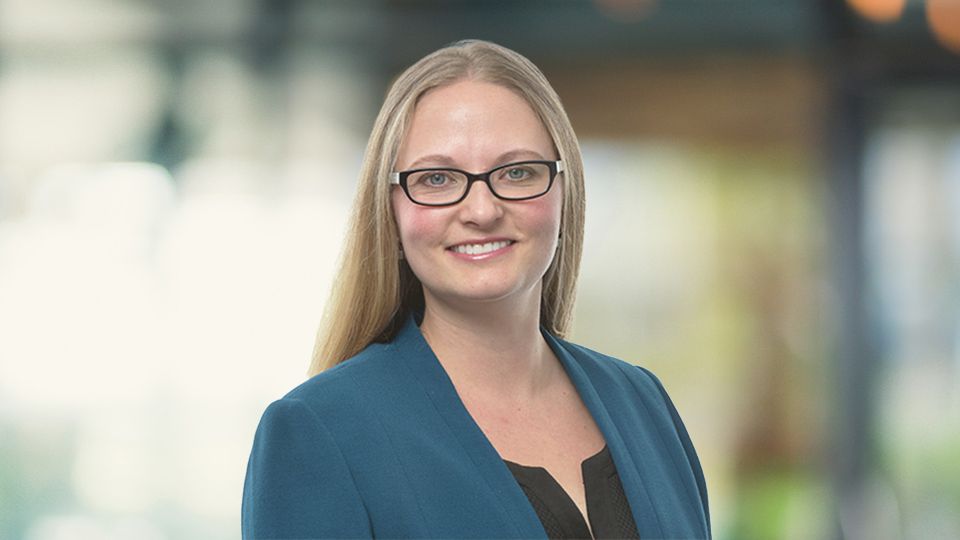When our head of multi-asset approached me regarding the question of investing in commodities, I must admit, as a responsible investor, uttering the words ‘commodities’ and ‘ESG’ in the same sentence made me feel a bit uncomfortable.
How do we create a credible and authentic approach to responsible investing in commodities? How can we balance the long-term financial needs of our clients while making sure we aren’t perceived to be fuelling food poverty or contributing to commodities? It was a conundrum, but one I was curious to help solve.
See also: – Q&A: Engagement and ESG innovation in commodities
Investing in commodities through futures can play an important role in a balanced portfolio, particularly one that is invested for long-term retirement savings. It can help provide some protection against unexpected increases in the cost of living, something that is top of mind for many people at the moment. For this reason, it is an important component in our pension and multi-asset products. However, there has been very little work on ESG in commodities investing, so we don’t yet know what ‘good’ looks like.
Our multi-asset and responsible investment teams worked with Bloomberg to investigate what a lower-carbon commodity index might look like and how that might fit into our product mix. Using their ‘life cycle’ analysis and Scope 1 and Scope 2 emissions of commodities, we helped develop a carbon tilted commodities index and an exchange traded fund to track it.
The index will overweight or underweight commodities based on the carbon cost of production – basically, how carbon intense the commodity is to produce. The index adjusts exposure to individual commodities to cut Scope 1 and Scope 2 emissions of the original parent index by about 20%. It does this while balancing sector weights to control tracking error.
See also: – Commodities will become stranded if they don’t go green
The result is more exposure to wheat, corn, lean hogs, copper and zinc; and less exposure to cotton, coffee, sugar, cattle, aluminium and nickel, relative to the parent index.
While we are pleased to be the first investors in a product of this kind, we are aware that it isn’t perfect. One key challenge lies in the methodology, which focuses only on Scope 1 and Scope 2 emissions from commodity production. This approach does not account for emissions from the final use of the products (Scope 3). As a result, the index underweights gas and overweights oil because oil is relatively carbon efficient to produce but has a higher climate impact when burned. This may seem counter intuitive, and therefore it is something I want to refine.
Looking ahead, I would also be interested in incorporating other environmental factors such as water intensity as well as exposure to physical climate risks (for example, sea-level rise, extreme weather events). There could also be a greater focus on ‘transition minerals’ essential for shifting from fossil fuels to electricity, batteries, and cleaner energy technologies.
Advances in blockchain, satellite technology and generative AI could enable more detailed tracing of commodities from ‘farm to fork’ or ‘mine to machine’, providing a more granular view of environmental and social impacts across the commodity’s life cycle. These developments could potentially influence future index adjustments.
It is important to make progress on ESG in alternative asset classes. These often pose more complex challenges than traditional asset classes such as equities and credit. The work to date represents a positive start, but there is most certainly more to do. I know there are inherent challenges, and that the real-world impact is limited when dealing with futures, however, I think it’s something we should face into and work to refine. This will encourage more products to come to market as we learn and innovate, so that we can further embed responsible investing into all areas of investment.





